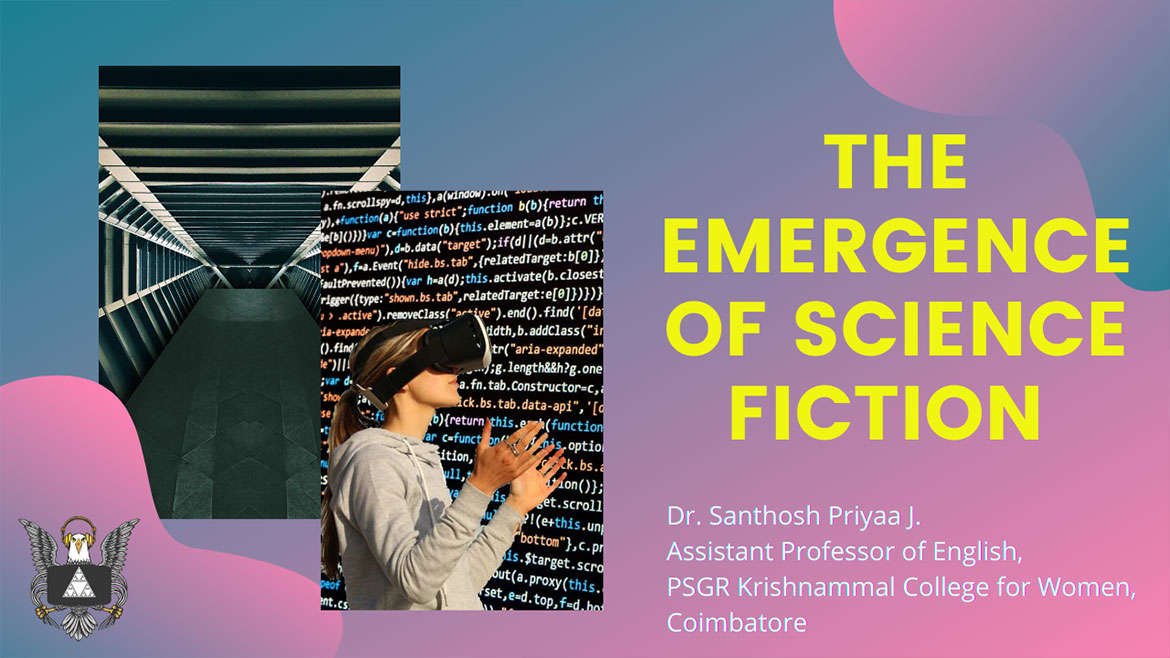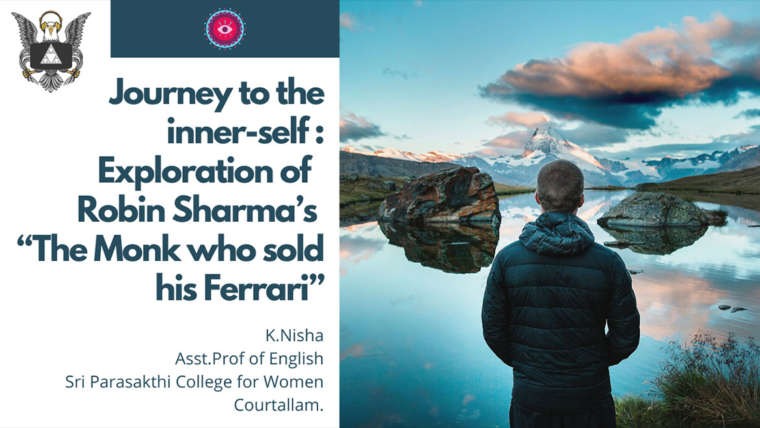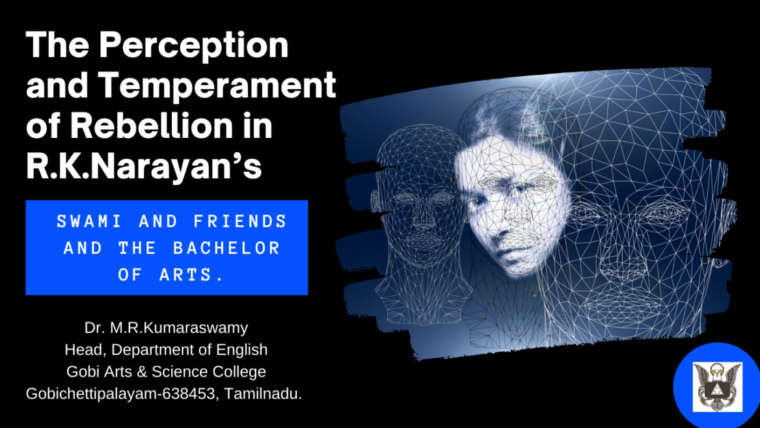Dr. Santhosh Priyaa J
Assistant Professor of English
PSGR Krishnammal College for Women
Coimbatore – 641004
Before pondering over a great deal about science fiction, one must know how did the word ‘Scientist’ evolve? In the beginning all the disciplines were under the banner of Arts. Due to the advent of various scientific discoveries and technologies people looked at science through a kaleidoscopic view. So, in the nineteenth century, there was a cultural division between arts and sciences. The modern mind, that is well aware of the cultural difference, defines “science in opposition with arts”. This is the result of the nineteenth century’s cultural construction. Stephen Collini in his “Introduction” to the book The Two Cultures written by C. P. Snow reveals the emergence of the word ‘scientist’. The British Association for the Advancement of Science felt that there should be a term to describe the “students of the knowledge of the material world”. Thus, in a meeting organised in 1830s, “some ingenious gentleman proposed that, by analogy with artist, they might form scientist” (Snow Introduction xii).
When the origin of science fiction is traced, it unfolds the ancient science fiction which was in existence during olden days. The ancient science fiction possesses two main components. The first one is adventurous journeys with pseudo-scientific devices. The second one is a sacred story which triggers the spiritual faith in the reader. For example, in the ancient Greek literature of 7th century BC, Homer’s Odyssey consists of fantastic voyages and journeys to the lands of the dead or to the heavens. In other literature, there are journeys to the Moon and solar system. In Indian literature Savitri, an epic written by Sri Aurobindo, Savitri undertakes a journey in search of her husband’s soul to the world of the dead. There are numerous stories of such kind in the Vedas and the Upanishads.
The Greek classic, A True Story, written by Lucian and published in the second century, is considered to be the first ancient science fiction by the occident. It is satirical when the novel begins with the author’s confession that all that is said in the novel is utter lie. The author and his associates go on an extraordinary journey to the moon, and wage interstellar war. It also describes the aliens, mythological characters and twists and turns in plots. Such works of art are seldom found. There are gaps and lack of continuity for over 1000 years, which historians called “the Dark Ages”. This gap is due to the collapse of literary culture and literacy. After hundreds of years, in the medieval period a diverse and amusing literary tradition unfolded.
The amalgamation of the culture of Neo Platonic philosophy, Aristotelian cosmology and Christian theology produced Divine Comedy written between 1307 to 1321 by the Italian poet, Dante Alighieri. A trip to the moon can be found in the Italian epic-romance Orlando Furioso also known as Man Roland (1532) by Ludovico Ariosto. Once Knight Roland suddenly became insane. At this juncture there arises a national emergency that only he could save the country. So, his restoration of sanity becomes primary. To set everything right, Astolfo, the English Knight on a Hippogriff, a mythological creature which can fly, goes to meet St. John, the Evangelist. Astolfo and St. John fly to the moon. They find the things lost on the earth floating in the moon. They also find the bottled-up wit of Roland and fly back to the earth. Here Astolfo’s travel is not a genuine travel to another planet. He travels with divine sanction and St. John. Hence any literary work of this nature does not fall under the genre of science fiction.
The story of seventeenth century science fiction will be continued in the next edition.



